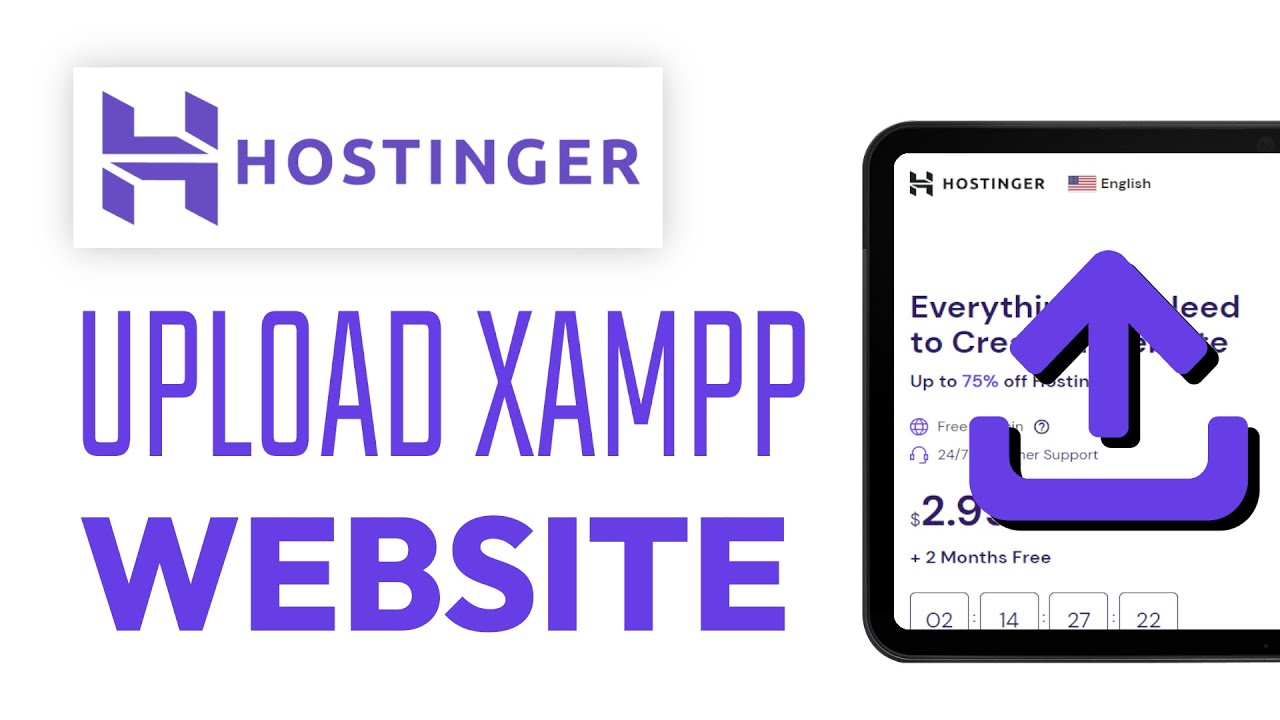
Are you ready to take your website live and share it with the world? Moving your website from a local server like XAMPP to a web hosting service like Hostinger is a crucial step in making your website accessible to everyone on the internet. In this comprehensive guide, I’ll walk you through the process of uploading your website from XAMPP to Hostinger in 2024. Let’s dive in!
### Step 1: Prepare Your Website Files
Before you can upload your website to Hostinger, you need to make sure that all your website files are ready to go. This includes your HTML, CSS, JavaScript, images, and any other assets that make up your website. You should also have a backup of your database if your website is database-driven.
### Step 2: Export Your Database
If your website relies on a database, you’ll need to export it from XAMPP. You can do this by accessing phpMyAdmin, selecting your database, and choosing the export option. Save the database file to your computer for later use.
### Step 3: Sign Up for Hostinger
If you haven’t already, sign up for a hosting account with Hostinger. Choose a hosting plan that suits your needs and follow the on-screen instructions to set up your account.
### Step 4: Upload Your Website Files
Once you have your Hostinger account set up, you can start uploading your website files. You can do this using an FTP client like FileZilla or through Hostinger’s file manager. Simply connect to your Hostinger account, navigate to the public_html directory, and upload your website files.
### Step 5: Import Your Database
If your website relies on a database, you’ll need to import it into your Hostinger account. Access phpMyAdmin through your Hostinger control panel, create a new database, and import the database file you exported earlier.
### Step 6: Update Your Configuration
Now that your website files and database are uploaded to Hostinger, you’ll need to update your configuration settings to reflect the new hosting environment. This may include updating your database connection settings, file paths, and any other relevant information.
### Step 7: Test Your Website
Before making your website live, it’s essential to test it to ensure everything is working correctly. Check all your pages, links, forms, and functionality to make sure there are no issues.
### Step 8: Update Your Domain
If you’re using a custom


